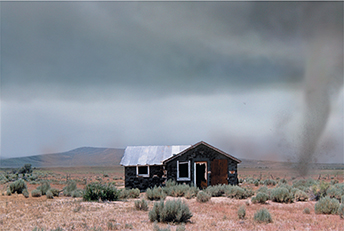Figure 26 A tornado crosses a farm field. Applying Concepts Why do most tornadoes occur in the spring?

A tornado appears as a twisting funnel cloud descending from the bottom of a cumulonimbus cloud, as shown in Figure 26. A tornado's winds can sometimes be more than 500 kilometers per hour, although they are more typically about 150 kilometers per hour. A large tornado can cause death and tremendous destruction.
For a tornado to develop, there must be great differences between the properties of colliding air masses. Air masses in the spring tend to have the most contrasting properties, and therefore it is during this season that most tornadoes occur. In the United States, where most of the world's tornadoes develop, these storms occur mainly in the Midwest and the South.
Tropical Storms and Hurricanes
Thunderstorms and tornadoes are often associated with cyclones of the middle latitudes. Cyclones also develop in the tropics, where they can develop into tropical storms or hurricanes. A hurricane is a large tropical cyclone with winds of at least 119 kilometers per hour (74 miles per hour).
Section 24.5 Assessment
Reviewing Concepts
 How does an air mass form?
How does an air mass form? What are the four types of fronts?
What are the four types of fronts? What types of weather do cyclones and anticyclones bring?
What types of weather do cyclones and anticyclones bring? Compare and contrast how a typical thunderstorm forms with how a tornado forms.
Compare and contrast how a typical thunderstorm forms with how a tornado forms.
Critical Thinking
Applying Concepts Why do continental polar air masses have different properties than maritime tropical air masses?
Predicting A weather reporter says that a warm air mass is caught between two cooler air masses in your area. What kind of weather can you expect in the near future, and why?
Connecting Concepts
Electricity Use what you learned about static electricity in Chapter 20 to explain what lightning is and how it is caused.





